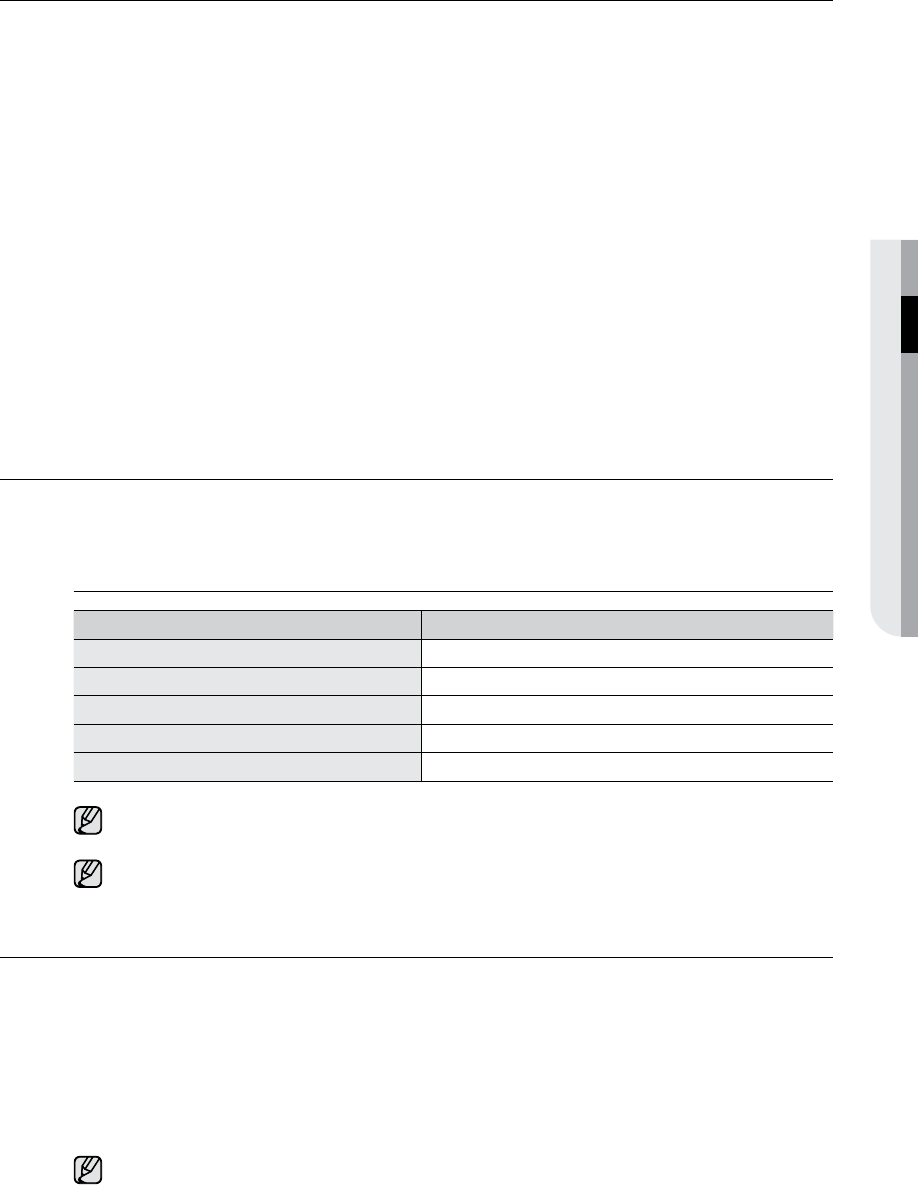
02 SURFACE COOKTOP COOKING
Surface cooking _29
CHOOSING THE PROPER RADIANT COOKWARE
What your cookware is made of determines how evenly and quickly heat is transferred from the
surface element to the pan bottom.
ALUMINUM• - Excellent heat conductor. Some types of food will cause the aluminum to
darken. (Anodized aluminum cookware resists staining & pitting.). If aluminum pans are slid
across the ceramic cooktop, they may leave metal marks that resemble scratches. Remove
these marks as soon as the cooktop cools down.
COPPER• - Excellent heat conductor but discolors easily. May leave metal marks on ceramic
glass (see above).
STAINLESS STEEL• - Slow heat conductor with uneven cooking results. Is durable, easy to
clean, and resists staining.
CAST IRON• - A poor conductor, but retains heat very well. Cooks evenly once cooking
temperature is reached. Not recommended for use on ceramic cooktops.
ENAMELWARE• - Heating characteristics will vary depending on base material. Porcelain-
enamel coating must be smooth to avoid scratching ceramic cooktops.
GLASS• - Slow heat conductor. Not recommended for ceramic cooktop surfaces because it
may scratch the glass.
COOKWARE FOR INDUCTION COOKING ZONES
The Induction heater can only be turned on when cookware with a magnetic base is placed on
one of the cooking zones. You can use the cookware identified as suitable below.
Cookware material
Cookware material Suitable
Steel, Enamelled steel Yes
Cast iron Yes
Stainless steel If appropriately labelled by the manufacturer
Aluminium, Copper, Brass No
Glass, Ceramic, Porcelain No
Cookware for induction cooking zone is labelled as suitable by the manufacturer.
Certain cookware can make noise when being used on induction cooking zones. These
noise are not a fault in the appliance and do not affect operation in any way.
USE THE CORRECT SIZE COOKWARE
The Induction Cooking Zones require a • minimum pan size to be used at each location. The
inner ring of each Cooking Zone is your guide to the correct minimum pan size. The pan
bottom must fully cover the inner ring for proper cooking to occur.
The thicker outer ring at each Cooking Zone is helpful to determine the • maximum pan size.
After centering the cookware on the cooktop, make sure the cookware does not extend more
than 1/2” beyond the thicker line on the Cooking Zone. The pan must fully contact the glass
surface without the bottom of the pan touching the metal cooktop trims.
If a pan made of the correct material is centered properly on any of the active Cooking
Zones but is too small, the affected Cooking Zone display will flash and the pan will not
heat.


















